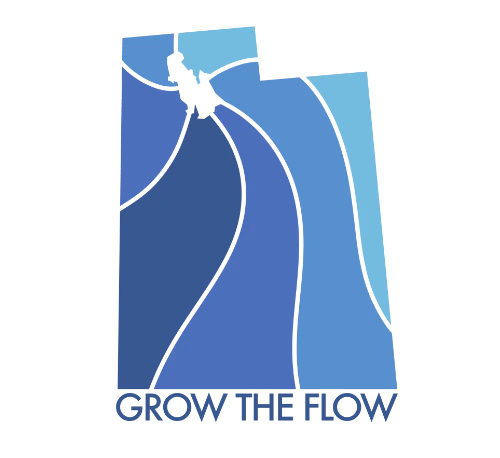Utah must summon the political and financial will to acquire and dedicate actual water to the lake—otherwise, incremental policy changes and one-time investments will fall short, Rep. Doug Owens (D-Millcreek) told attendees at Wednesday’s Great Salt Lake Interfaith Coalition meeting.
“We’ve got a 150-year-old system that is not going to pivot on a dime,” Owens said. “We are moving, but not fast enough.”
While there’s been bipartisan progress in recent years, Owens pointed to significant obstacles: powerful economic interests, outdated laws, and a sprawling water rights system with more than 200,000 separate claims.
This year, the legislature appropriated just $1 million for water acquisition—far short of the $16 million requested by the governor. Meanwhile, Utah’s agriculture optimization program has funneled hundreds of millions into irrigation upgrades, but without requiring that conserved water actually reach the lake. In many cases, it’s simply reused on other fields or picked up by downstream users.
To bring the lake back to a healthy level, the state needs to secure between 500,000 and 1 million acre-feet of water annually over the next two decades, Owens said. There’s no silver bullet—but the path forward is clear: Utah must either buy water, conserve it and dedicate it, or lease it at a meaningful scale. Doing that will take funding, coordination, and political resolve. It will also require collaboration with agricultural users, who hold the majority of the water rights in the Great Salt Lake Watershed. Owens stressed that any lasting solution must work with farmers, not against them.
“Farmers, I think, have every intention of wanting to be part of the solution—it really doesn’t help to say they’re the problem and just point the finger at alfalfa,” Owens said. “There just hasn’t been the political will to get that water from the farmers.”
On the urban side, Owens highlighted outdoor watering as the single most impactful area for change. Roughly 60% of residential water use happens outdoors, and nearly all of that is lost to evaporation. Indoor water, by contrast, typically ends up in the sewer system and flows back to the lake after treatment. That’s why Owens says he plans to keep pushing for water-wise landscaping in new development, despite the setback of his bill—H.B. 318, which would have limited turf in new residential construction—failing in the last legislative session
“It’s just crazy that we keep installing the landscape that we are,” he said. “People are just instinctively putting in wall-to-wall turf, and we cannot persist in that.”
Asked how individuals can help, he advised joining organizations like Grow the Flow, Friends of Great Salt Lake, or the Audubon Society, and supporting policies that shift Utah’s water use culture.
“It’s a cultural shift,” he said. “We’ve got to get people to round the bend on the notion that if you’re not walking on it, don’t water it.”
The foundation has been laid. Now, Owens says, it’s time for action that matches the scale of the crisis.
